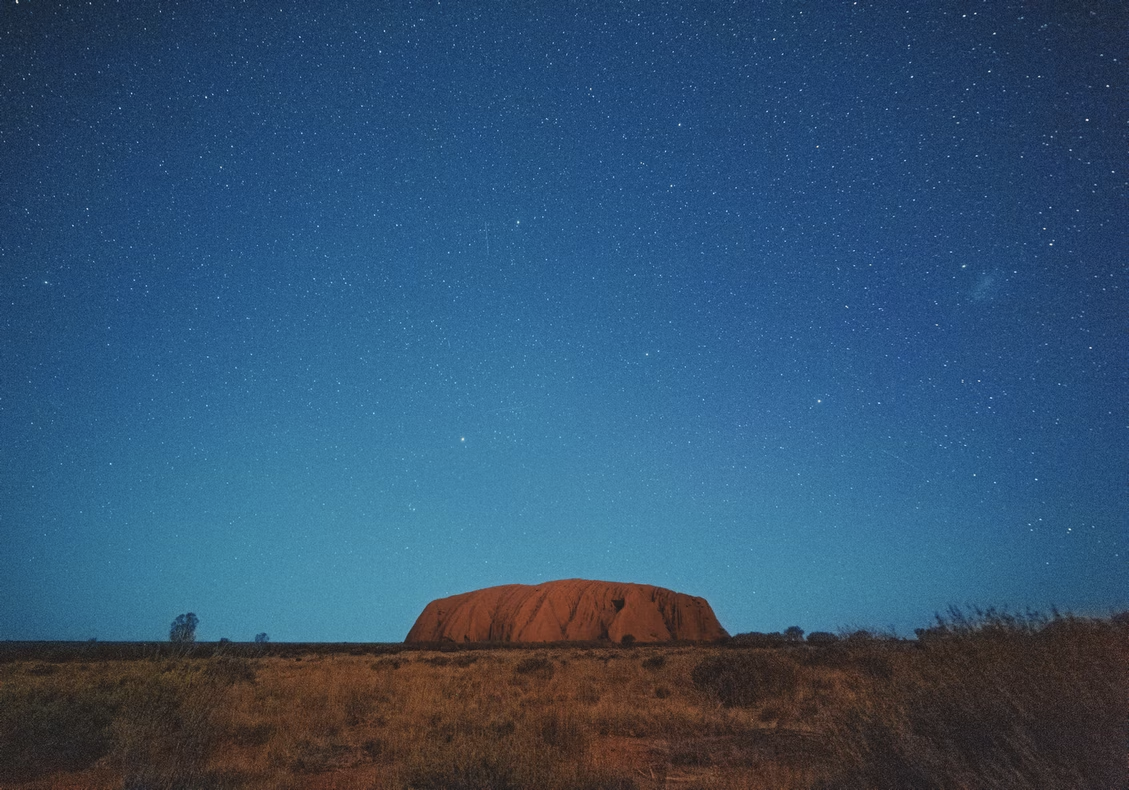· 14 min read
Something marvellous happened in Australia on the 21st May, 2022
After nine long years of an increasingly far-right, climate change denying Liberal National Party coalition (LNP) government, the citizens of Australia voted for change. There were many reasons for change, beyond a lack of action on climate change, including countless rorts, sexism, corruption, lack of leadership, poor planning during the pandemic, a lack of accountability and transparency and a long list of other scandals, and Australians were rightly fed-up.
But this result was by no means a preordained outcome
The previous election, in 2019, was supposed to be our “climate election”, and polls were predicting a change of government right up until the votes were counted and the LNP were voted back into power. Even the newly re-elected Prime Minister, Scott Morrison, declared it a “miracle”, which gives you some indication of how confident he was that his own party would win another term.
Ownership of Australia’s media industry is heavily concentrated across print, TV and radio, with all major corporate media organisations having an obvious Liberal party bias. Other political parties struggle to reach voters on equal footing, and it’s easy for voters to be swayed to vote against their own interests. But, reeling from another election loss in 2019, and fearful for the future of our climate and of democracy, people – from all walks of life – began to ask what role they could play in turning the tide.
It’s been a long three years
The three years between federal elections were eventful, and not in a good way. Australia suffered devastating bushfires over the summer of 2019/20. In those fires, over 24 million hectares were burned, 33 people were killed and three billion animals were killed or displaced. Another 445 people lost their lives due to the effects of smoke that blanketed huge swathes of the east coast for weeks. We, like the rest of the world, lived through the COVID-19 pandemic, and more recently several communities have been affected by severe flooding, in some cases by 1 in 500-year floods that reached depths of up to 14 metres. Australia’s climate is changing, and people are becoming increasingly concerned.
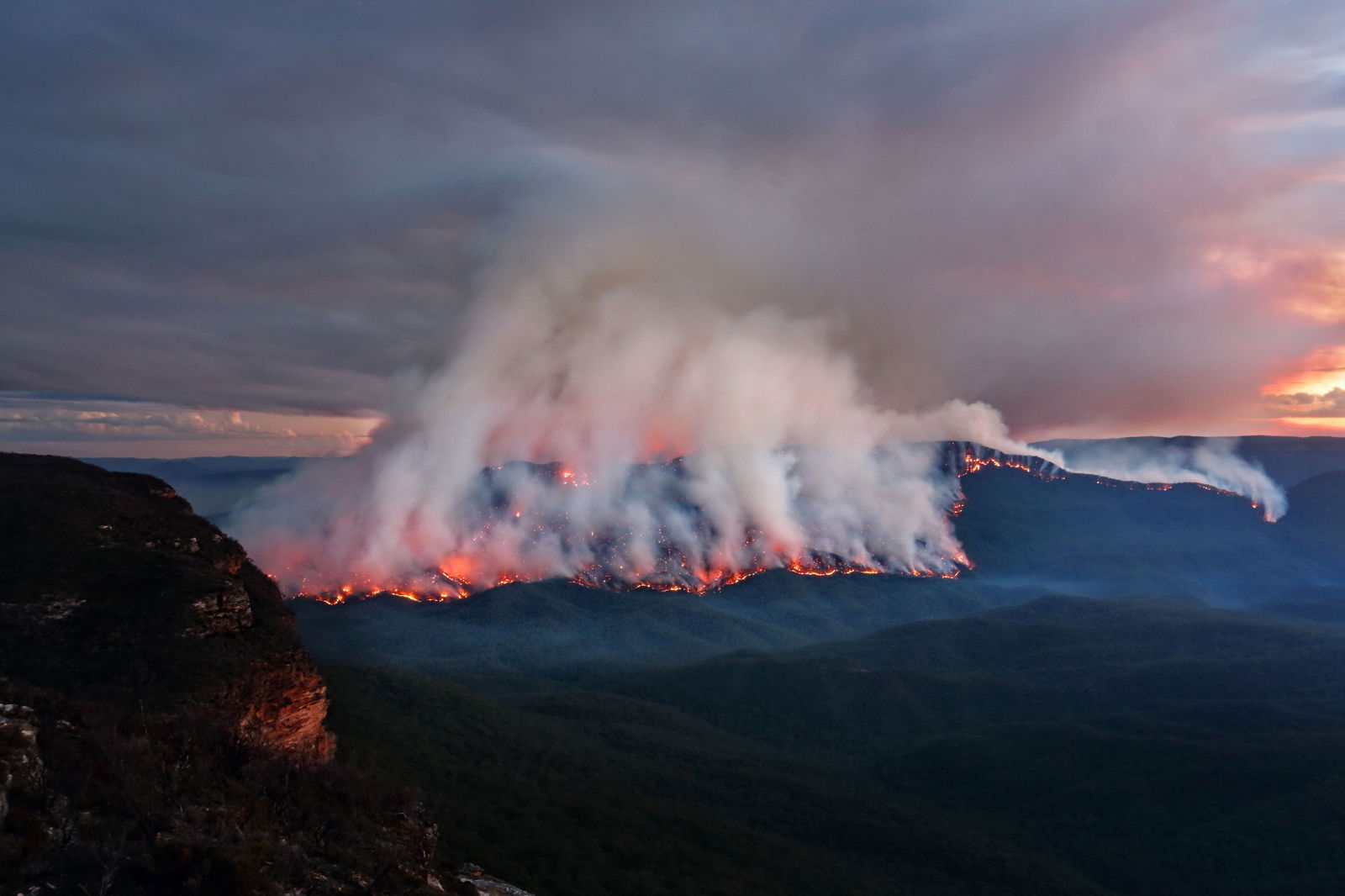
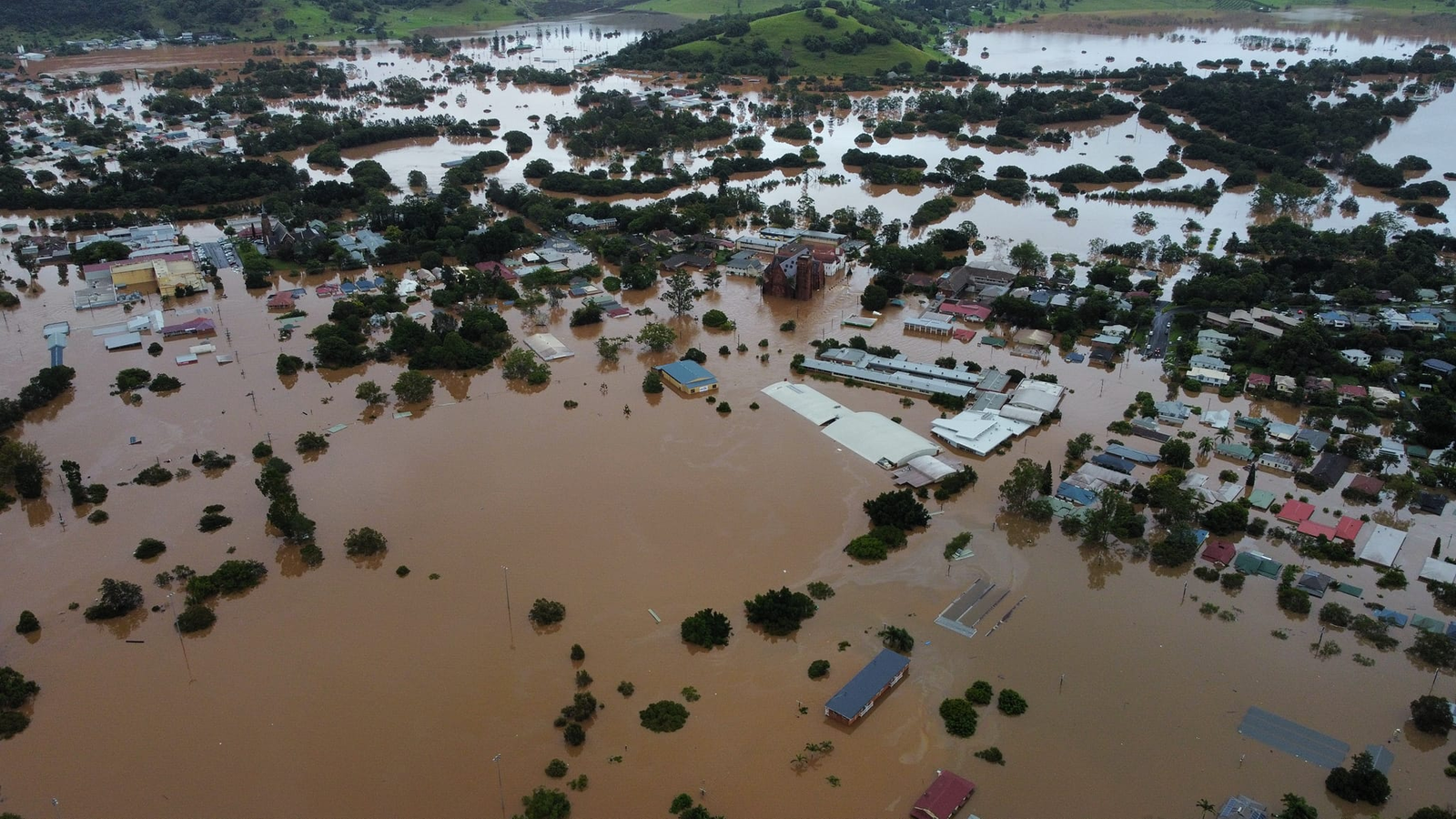
The nitty-gritty of creating change
This was no ordinary two-party election. The shock re-election of the Liberal National Party coalition in 2019 and the urgent need for change after their reprehensible time in office meant that many people were willing to get active and involved in our democracy for the first time. This involvement was not simply six weeks of campaigning prior to the election. This was years in the making. The community independents and the Australian Greens were the two big success stories of this election. Their campaigns were positive rather than negative, providing a vision for what a better Australia could look like.
Community Independents
There were three key elements to the success of the community independents:
1. “Voices For” Movement
At the 2013 federal election Liberal frontbencher, Sophie Mirabella, lost the Victorian seat of Indi to independent candidate, Cathy McGowan. McGowan’s unique campaign model involved ‘kitchen table conversations’ with members of the electorate to understand their concerns and priorities. This model became the template for Independent campaigns in 2019 and 2022, with more than 30 Voices For groups, covering 25% of the voter base, which were formed and were active over several years. These Voices For groups helped to field, select and/or endorse independent candidates prior to the May 2022 election.
Lessons: “Politics is local” as they say, and it’s important to understand the needs of the electorate.
2. Climate 200
Climate 200 is a crowd-funding initiative established in 2019 by Simon Holmes à Court, a clean energy investor and political activist, and son of Australia’s first billionaire, Robert Holmes à Court. Climate 200 was formed to raise money to support candidates with strong policies on climate action, integrity and gender equality. By the election, Climate 200 had received over 11,200 donations, both large and small, resulting in $12 million in funding. That funding went to 23 independent candidates - many of whom were either chosen or endorsed by the Voices For groups - in a model whereby Climate 200 would match funding raised by the candidate themselves. The funding was provided on a “no strings attached” basis, and the funding does not oblige them to take a specific position on any policy or vote.
Holmes à Court said “his goal was to fix a ‘broken’ political system that had been ‘rigged’ by the two major parties. ‘Hacking at the branches isn't working. We need to strike at the root,’ he said. ‘Striking at the root means getting people into parliament who are strong, independent and ready to hold governments accountable.’" According to the Climate 200 website, the funding was supported by 18,953 volunteers who knocked on 166,086 doors and made 62,858 phone calls for the community independents[1].
Lesson: Crowd-fund at a national level based on values and polices that are broadly accepted as necessary but absent. Many Climate 200 donors were in seats that were unlikely to change, but they wanted to help fund change in other electorates.
3. The Candidates
Community independent candidates were found – as the name suggests - within the community, often by a Voices For group. There were 23 new candidates running in traditionally safe and long held Liberal seats, seats that weren’t considered possible for Labor or the Greens to win. It is important to note that the Liberal party, despite the term, is Australia’s party of free-market conservatives. In many cases the independents were targeting a ‘moderate’ Liberal member of parliament (MP), who voted in alignment with the party, regardless of their ‘moderate’ position. In essence the incumbent’s loyalty was felt to be to the party and not their electorate and voters no longer felt they were being represented in parliament. Almost all the candidates were professional women – journalists, doctors, CEO’s of not-for-profits, and businesspeople, targeting a male career MP.
Whilst these Independents were funded by the community and Climate 200, often their funding was below that of their rivals. Brent Hodgson, a marketing and sales technology strategist for community independent candidate Monique Ryan, who ran against the then-federal treasurer, a man who was widely thought to become the next leader of the Liberal Party, Josh Frydenburg, in the seat Victorian seat of Kooyong says “the key to defeating a political machine and unseating the treasurer wasn’t money. Instead, it was direct community engagement, with Ryan’s volunteers knocking on all 55,000 doors in the electorate …. It’s really hard to spend two or three million dollars in a way that makes up for 2000 volunteers – you can’t buy that commitment and engagement.”
The community campaigns were typically very science and data led, ensuring they were using their resources to have the maximum impact. Some had a heavy and targeted digital element (devised by the same communications agency) that began many months before the election, and capitalised on the period when they major parties were quiet. Their campaigns were reliant on attracting large numbers of volunteers and a strong sense of community. Events were often held in local parks or pubs, or even on the beach and in the water, as was the case in the seat of Mackeller where an event was held in kayaks on a local waterway.
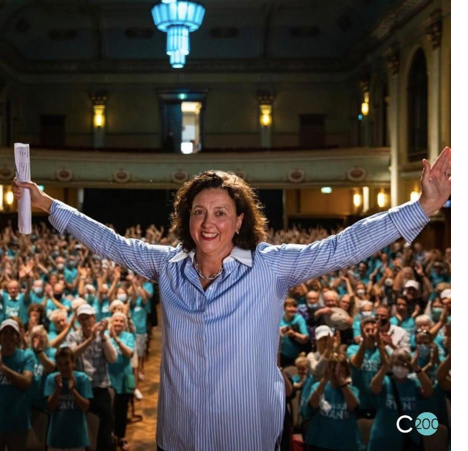

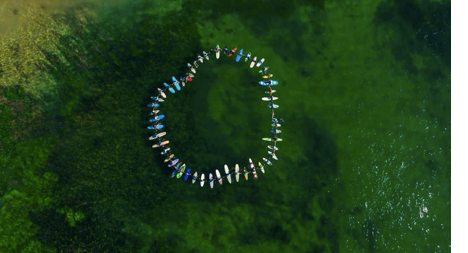
Lessons: Candidates chosen by the community, for the community, can be incredibly powerful. If those candidates are well funded and resourced and attract an army of volunteers, they can be unstoppable.
The Australian Greens
The only party with greenhouse gas (GHG) emissions reductions targets in line with the science were the Greens: a 75% reduction by 2030 and net-zero by 2035. Not surprisingly, there was unprecedented support for the Australian Greens at this election, with their first preference votes up from 10% in 2019 to 12% in 2022, the biggest swing to any party this election, and their most successful electoral result in Australian political history.
As with the electoral college in the USA, Australia’s voting system means that where the votes are placed is more important than how many votes a party received in totality. The Greens received 10% of first preference votes in the 2019 election, but it only translated into one parliamentary seat (0.7% of total seats). At this election the Greens picked up three additional parliamentary seats, all in metropolitan Brisbane, Queensland. Those seats were Brisbane, Ryan and Griffith. In the seats of Brisbane and Ryan, the Greens candidate triumphed over incumbents in long term conservatively held seats, disproving the widely held notion that a Liberal (right wing) seat could not be turned Green (left wing). These wins were the result of a grassroots movement that began six years ago, centring on meaningful relationships. According to University of Queensland political scientist Dr Glenn Kefford: “The academic literature on this says the best way to persuade voters is to have a one-on-one conversation with them … [and] they’ve pretty much not stopped door-knocking since the last federal election.”
The newly elected member for Griffith, Max Chandler-Mather, estimates that his team knocked on 90,000 doors in the 14 months leading up to the election. When door knocking, he was not just “asking for a vote”, but approached it as a sort of “social work”: listening to voters concerns and building a sense of community rather than simply trying to change minds. It was a more traditional style of campaigning, now considered out of fashion. He describes the interactions as “asking what you care about, what’s going on in your life. It’s deeply meaningful.” Often the conversations weren’t about climate change, they were about rising house prices, rent insecurity, or the difficulty in paying off students loans or dental bills, and the Green’s policies in these areas proved very popular with the constituency.
Chandler-Mather has been described as “acting like the incumbent” rather than a candidate. With the help of volunteers, he organised local forums, planted community gardens, provided care packs for those with COVID-19, and helped people after the Brisbane floods. He even sent out newsletters to keep the community updated with their achievements. This element of being embedded in the community was not only reflective of the Greens ethos and values, but crucial to their strategy. Chandler-Mather explains: “It’s one thing to knock on someone’s door and talk to them about their interests …. But the second thing we’ve done is recognise that we need to become a permanent fixture in these communities – to the point that when the floods hit, we literally suspended our entire campaign and diverted our enormous volunteer movement towards cleaning up people’s homes …. We need to prove we’re capable of improving people’s lives, even when we’re not in government.”
Stephen Bates, newly elected MP for the seat of Brisbane, joined the Greens in 2019 because “he could no longer sit and watch our country sold off to the highest bidder.” A former retail worker and a 29-year-old gay man who says that he is representative of large portion of the Brisbane electorate and that it’s “important that the parliament reflects what the people of the community are like.” He tailored his advertising to reach such voters, with a specific campaign on LBTQI social networking app, Grindr. The ads featured tongue-in-cheek one-liners, including “you always come first with the Greens” and “put Stephen Bates on top this election”.

Often specific language used by voters was integrated into the Brisbane campaigns, via a “feedback loop” from volunteers in the field to the messaging team. This includes the slogan “nothing changes if nothing changes” which featured heavily in the Griffith campaign, initially a line a voter used to summarise what he was hearing from Chandler-Mather during a door knocking conversation. This feedback loop was considered to be a key success factor because it enabled the campaign to incorporate language that people in the community use – it got noticed. With the overall strategy being so successful in the Brisbane region, Chandler-Mather says that the “only barrier to expanding [the Greens’] representation is our capacity to organise.” It is expected that this strategy will be rolled out quickly in other electorates.
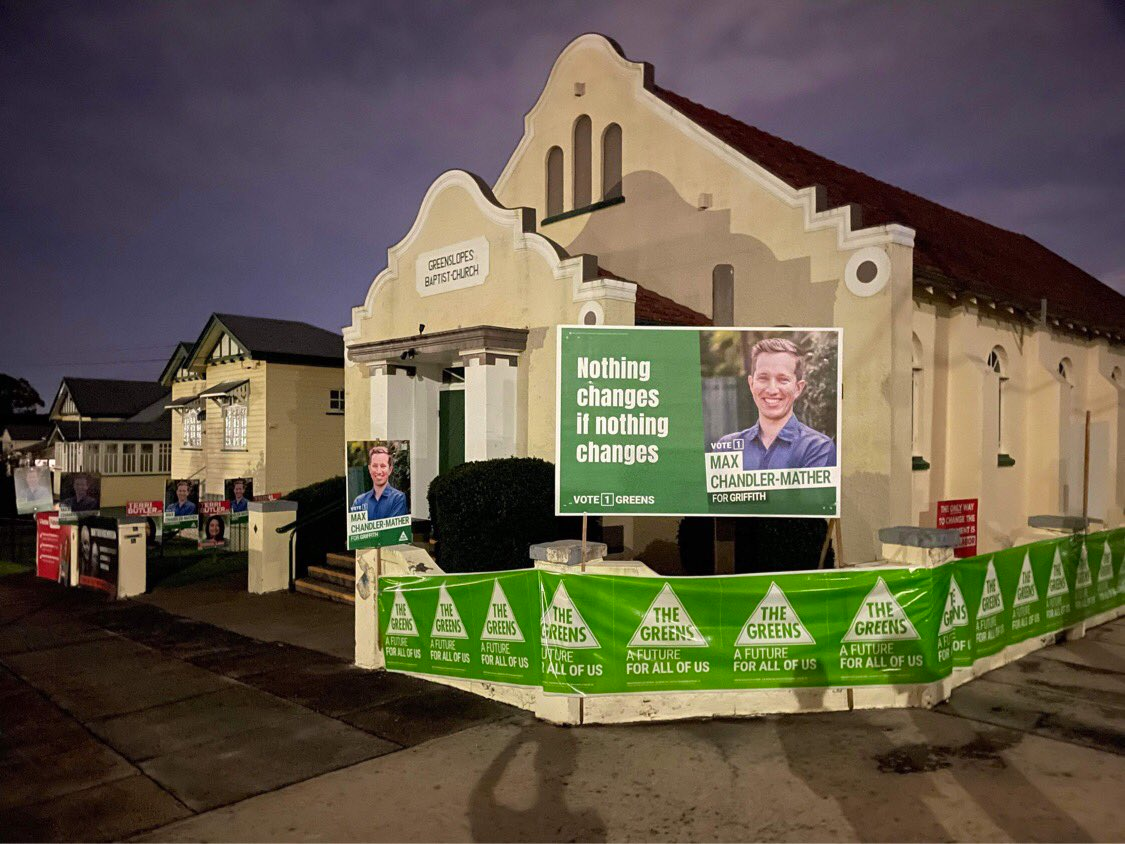
Lessons: One-on-one conversations are the most effective way to influence voters. Policies matter, but there are many ways to get in front of voters beyond simply trying to sell your policies: the more present a candidate is in the community, the more goodwill they will gain. Campaigning shouldn’t be left until the few months before the election. Know, and talk to, your demographic.
Was the change enough?
In one word, no. There were some excellent results, including:
- The number of Independent seats increased from 3 to 10;
- The number of Greens seats increased from 1 to 4; and
- The coalition of the Liberal Party and the National Party lost 19 seats altogether, 25% of their previously held seats.
However, unfortunately, it wasn’t enough for the Independents and the Greens to secure “the balance of power” where a minority government in the House of Representatives (HoR) must negotiate with these seats to secure enough votes to pass legislation, forcing stronger action on climate change and other priorities. Despite the Labor government only garnering 33% of primary votes, thanks to our preferential voting system – where often preferences from the Greens and Independents primary vote flowed on to the Labor party, helping them secure additional seats - we now have a Labor majority government in the HoR with at least 77 seats out of a possible 151 seats. The Greens did secure the balance of power in the Senate, increasing their number of seats from 9 to 12, which is a positive outcome.
From a climate perspective, disappointingly, the newly elected Labor government accepts donations from fossil fuel corporations. They are targeting a 43% reduction GHG emissions reduction by 2030, which is below the global ambition of 45% reduction. Considering Australia’s historical emissions and the wealth we have generated from the export of fossil fuels, a more equitable target would be 75% reduction in GHG emissions by 2030. Not wasting any time in dashing the hopes that this new government will prioritise climate action, within weeks of the election Australia’s new Resources Minister, Madeleine King, confirmed support for two massive and additional gas projects in Western Australia. There’s a very good chance that the Labor government, under Prime Minister Anthony Albanese, will suffer the same fate as the LNP at the 2025 election, especially if Australia continues to experience catastrophic climate related events. People have demonstrated they are not wedded to the two-party model anymore and have shown a real willingness to vote for change if their values are not reflected in the policies and practices of their representatives.
Was it a seismic change in Australian politics, unlike anything Australia has seen for many decades?
Yes. Many are calling it the end of Australia’s two-party system, with the largest number of seats on the ‘cross-bench’ (seats belonging to Independents or minor parties) since World War II.
Could it be replicated in other countries?
There are learnings from the Australian Federal election campaign that could be applied in most local government areas, states and countries, namely: get involved, join forces with like-minded people, organise, listen, think locally and build community, be relentless, courageous and strategic. Democracy is not a spectator sport and grassroots campaigns can work. Indeed, they can be an effective mechanism to reach that elusive social tipping point where genuine action on climate is the only path forward. In fact, I’m starting to think taking back our democracy - in those countries where it is possible to do so safely - is the only means to create the change we need in the small amount of time we have left. I have seen laws changed in record time to physically restrict, and financially and emotionally punish, climate protestors. Civil disobedience is changing hearts and minds, but it’s not changing the powers that be. We need to make that happen through grassroots democracy. It’s a huge ask, there’s no mistaking that, but climate change is the greatest threat humanity has ever faced. We need to rise to the challenge. My friend succinctly summed up a sentiment that was apparent throughout the Australian election campaign, “only when people are really angry does change happen”. Let’s hope there’s time enough for people to get really angry about the planet becoming uninhabitable in our lifetimes, and then make change happen.
illuminem Voices is a democratic space presenting the thoughts and opinions of leading Energy & Sustainability writers, their opinions do not necessarily represent those of illuminem.
Footnotes
[1] To help put this into context, in this election 15.5 million Australians voted, vs 159 million people in the 2020 USA Presidential election and 32 million people in the 2019 UK general election. In Australia it is compulsory for citizens over the age of 18 to vote.
